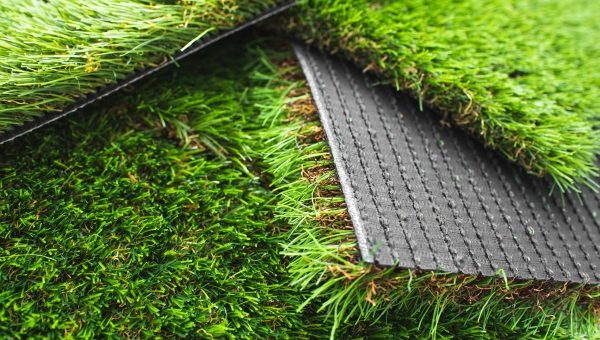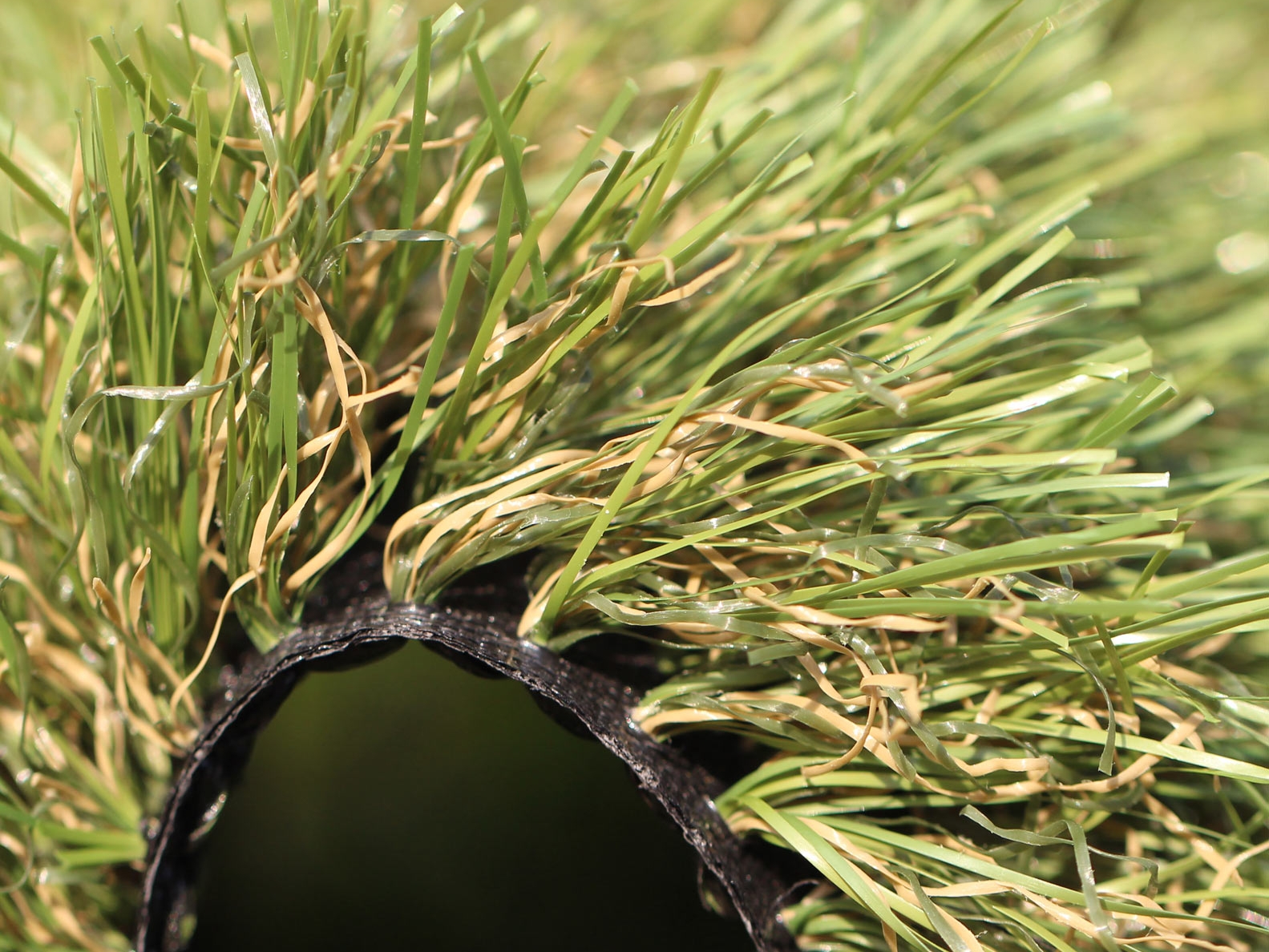Get a Perfect Lawn with Arizona Artificial Turf for Any Outdoor Space
Get a Perfect Lawn with Arizona Artificial Turf for Any Outdoor Space
Blog Article
Look Into the Environmental Perks of Opting for Artificial Grass Solutions
The fostering of artificial lawn remedies presents an engaging chance to deal with pressing environmental challenges. By substantially minimizing water use and minimizing the application of damaging chemicals, these choices not only advertise lasting landscaping yet also secure regional communities. Additionally, the reduced carbon footprint related to reduced maintenance tasks contributes to a much more sustainable technique to land administration. Nonetheless, the effects of these advantages prolong beyond mere preservation efforts, questioning concerning their long-term impact on habitat preservation and overall eco-friendly balance. Checking out these dimensions discloses an intricate interplay worth considering.
Water Conservation Conveniences
Among the most considerable benefits of synthetic grass is its ability to conserve water. Conventional turf yards require substantial irrigation, especially in areas vulnerable to drought or water restrictions. In comparison, synthetic grass does not require watering, dramatically reducing the total need for water resources. This function is especially useful in dry regions where water scarcity is a pushing problem.
By eliminating the requirement for regular watering, artificial lawn adds to sustainable landscape techniques and helps minimize the environmental influence of excessive water intake. Furthermore, the conservation of water reaches the decrease of runoff, which can result in soil disintegration and river air pollution.
Additionally, the installation of man-made turf enables homeowners and municipalities to assign water sources a lot more effectively, concentrating on essential uses such as drinking water and agriculture. The shift towards synthetic grass not just advertises responsible water use but also straightens with more comprehensive ecological objectives targeted at preserving natural deposits.
As communities significantly prioritize sustainability, the water conservation advantages of artificial lawn provide a compelling instance for its fostering in household and business landscaping projects.
Decreased Chemical Usage
The shift to artificial grass considerably decreases the dependence on chemical therapies commonly utilized in all-natural turf maintenance. Standard lawn administration commonly involves the application of plant foods, chemicals, and herbicides to promote growth and control pests. These chemicals can present dangers to human wellness, neighborhood wildlife, and the setting, adding to dirt and water contamination.
On the other hand, artificial turf removes the need for these dangerous materials. As soon as set up, it requires marginal upkeep, primarily consisting of normal cleansing and seldom infill replenishment. This reduction in chemical use not only benefits the prompt environment but additionally adds to broader eco-friendly security. By reducing the release of artificial substances right into the community, synthetic grass promotes much healthier soil and water systems.
Moreover, the lack of chemical overflow related to man-made grass setups aids secure regional rivers from pollution, sustaining aquatic life and preserving biodiversity. Artificial turf companies phoenix. As areas increasingly prioritize lasting techniques, choosing synthetic grass offers a practical service that lines up with ecological conservation goals. Via this shift, property proprietors can enjoy rich green spaces without jeopardizing environmental wellness, leading the way for a more lasting future
Reduced Carbon Footprint

In addition, the installation of man-made lawn can result in considerable water preservation. Natural lawns need substantial amounts of water for irrigation, which not only includes to the carbon impact connected with water extraction and therapy yet also strains regional water sources. In comparison, synthetic grass requires marginal upkeep, requiring no watering, thus dramatically reducing water usage and its connected power prices.
Additionally, the durability of synthetic click over here grass contributes to its decreased carbon effect. With a life-span of up to 15 years or more, the demand for constant substitutes is lessened, resulting in less waste and lower energy intake in production and disposing of conventional yard choices. In general, man-made turf presents a sustainable alternative for ecologically mindful landscaping.
Habitat Conservation
Environment conservation is an important consideration in the argument over landscape design selections, especially when comparing artificial grass to all-natural turf. Natural yard yards frequently require extensive upkeep, including making use of plant foods, chemicals, and herbicides, which can detrimentally affect local communities. These chemicals can leach right into the soil and rivers, damaging indigenous flora and animals and interrupting regional habitats.
Artificial turf gets rid of the need for unsafe chemicals, therefore shielding nearby wildlife and keeping the honesty of bordering ecological communities. The installment of fabricated lawn can lead to the conversion of previous grass locations into even more biodiverse landscapes, such as pollinator gardens or native plant locations, which can support neighborhood wildlife.
Eventually, the change to fabricated lawn not only preserves water and minimizes upkeep efforts but additionally fosters a more unified connection between human tasks and the all-natural setting, advertising environment preservation while doing so.
Long-Term Sustainability
Lasting sustainability is a crucial factor in reviewing the advantages of artificial grass over standard grass yards. Among one of the most significant advantages of man-made grass is its resilience; it can last up to 15-20 years with minimal maintenance, whereas natural yard requires constant reseeding and replacement. This long life reduces the need for consistent sources, such as water, fertilizers, and pesticides, which are essential for maintaining a healthy and balanced grass lawn.
Furthermore, synthetic grass adds to a decrease in carbon discharges related to lawn care devices. Conventional grass usually call for gas-powered Continue mowers, leaners, and blowers, every one of which add to air pollution. Arizona turf. On the other hand, artificial lawn eliminates the demand for such equipment, promoting a cleaner environment
In addition, the manufacturing of synthetic grass significantly makes use of recycled products, improving its sustainability profile. As manufacturers embrace green methods, the ecological impact of synthetic grass remains to reduce.

Verdict
The adoption of synthetic grass remedies offers substantial environmental benefits, consisting of considerable water conservation, minimized dependence on dangerous chemicals, and a lower carbon footprint. Additionally, synthetic grass help in preserving all-natural environments by decreasing land disruption and advertising long-lasting sustainability with the usage of resilient products. Jointly, these variables emphasize the potential of synthetic grass to add favorably to environmental wellness and supply a viable alternative to traditional landscaping practices in a significantly resource-conscious world.
In contrast, artificial turf does not require watering, significantly lowering the overall demand go to this website for water sources. By decreasing the release of synthetic compounds right into the community, fabricated lawn advertises healthier soil and water systems.
Furthermore, the installation of artificial lawn can result in significant water preservation. In comparison, fabricated grass needs minimal maintenance, requiring no watering, therefore considerably minimizing water use and its linked energy expenses.

Report this page